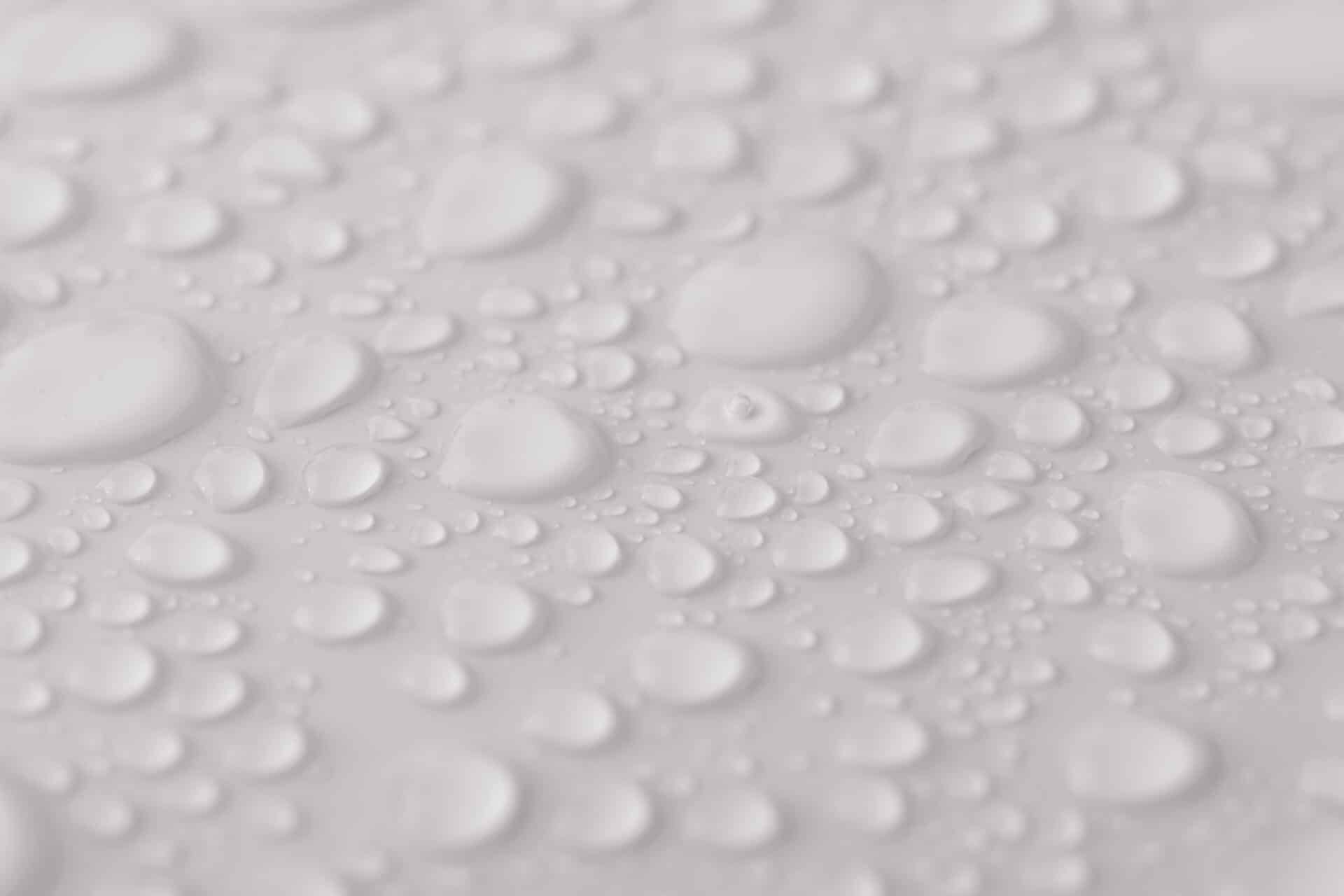Purified water and distilled water are two terms that are often used interchangeably, but they are not the same thing. Purified water is any type of water that has gone through a process to remove impurities, while distilled water is produced by boiling the water and then condensing the steam back into a liquid. Both types of water have their own unique benefits and drawbacks, which we will explore in this article.Purified water is water that has been processed to remove impurities, such as bacteria, viruses, heavy metals, and other contaminants. It is often produced using filtration methods such as reverse osmosis, distillation, or deionization. Purified water is often used in medical settings and in the production of pharmaceuticals. It is also used by many people for drinking and cooking purposes due to its lack of impurities.
Distilled Water
Distilled water is water that has been purified through a process of distillation. This process involves boiling the water and then condensing the steam into a separate container, leaving behind any impurities or contaminants. Distilled water is often referred to as “purified” or “demineralized” water, and can be used for various purposes including cooking, drinking, and cleaning.
The main advantage of using distilled water is that it is safe to drink without any risk of contamination or toxins. Distilled water also does not contain any minerals, which means it does not affect the taste of food when used in cooking. In addition, it does not leave behind any residue or deposits on surfaces, making it ideal for cleaning tasks.
Distilled water is also commonly used in medical applications such as dialysis and in laboratory experiments where pure water is required for accurate results. It can also be beneficial in areas with high levels of lead in tap water as distilled water contains none of this element.
However, while distilled water has many advantages it can also have some drawbacks as well. Since all minerals
Purified and Distilled Water
Purified and distilled water are both types of water that are free of contaminants, but the processes for achieving that result differ. Purified water is usually obtained through a multi-step process that includes filtration, reverse osmosis, and deionization. Distilled water, on the other hand, is produced by boiling the water and then condensing it back into a liquid. Both purified and distilled water are free from contaminants such as bacteria, viruses, and other organic matter. However, there are some key differences between them that should be noted.
The main difference between purified and distilled water is in their mineral content. Purified water has most of its minerals removed through the purification process, while distilled water has all of its minerals removed through the distillation process. The result is that purified water has a slightly acidic pH level while distilled water is completely neutral in terms of acidity. Purified water also tends to have a slightly metallic taste due to its reduced mineral content.
Another key difference between purified and distilled water is their intended use. Purified water is usually
Process of Purifying Water
The process of purifying water is an important step in ensuring that the water we consume is safe and free from contaminants. Water purification involves a range of techniques to remove any impurities, such as dirt, chemicals, and microorganisms, which can be harmful for human health. There are several methods used to purify water depending on the source and the intended use.
One common method used to purify water is filtration. This involves passing the water through a filter material, such as activated carbon or sand, to remove particulate matter. This method can effectively remove suspended solids, bacteria, and other contaminants from the water. Another method is reverse osmosis, which uses a membrane to filter out dissolved solids such as salt and other contaminants.
Another method of purifying water is distillation. This involves boiling the water and collecting the steam that is produced by condensing it back into liquid form. This process removes dissolved solids and other impurities that are present in the water but does not affect its taste or smell.
Finally, chemical treatment is also commonly used to purify water. This involves adding
The Process of Distilling Water
Distilling water is a process that involves boiling the water to separate it into steam and liquid. The steam is then captured and condensed back into liquid form. This process removes any impurities, such as salt or bacteria, that may be present in the water. Distilled water is often used for drinking, medical purposes, and even in vehicle radiators. The process of distilling water requires several steps:
First, the source of the water must be prepared by filtering out any large particles or contaminants. This is important to ensure that only pure water enters the distillation chamber.
Once the source is ready, it is placed in a container and heated until it reaches its boiling point. The heat causes the water molecules to evaporate and turn into steam. As the steam rises, it passes through a condensing tube where it cools and turns back into liquid form.
The condensation tube leads to a collection area where the now-purified distilled water collects. From there, it can be bottled or used for whatever purpose it was intended for.

Does Purified Water Contain Minerals?
The short answer is no, purified water does not contain minerals. Purified water is water that has been filtered or distilled to remove impurities including minerals. The process of purifying water removes any naturally-occurring minerals that may be present in the source water, and therefore purified water is essentially mineral-free.
When it comes to tap water, the minerals present depend on the source of the tap water, typically either a surface or ground source. Surface sources like rivers and lakes will generally contain more dissolved minerals than ground sources like aquifers, which can be almost completely free of minerals. Municipal tap water is often subject to some degree of mineral removal through filtration and/or chemical treatment processes to remove unwanted substances before being sent out through distribution systems to homes and businesses.
In contrast, purified drinking water has been filtered or distilled to remove most impurities, including naturally-occurring minerals. This means that while it may not contain any harmful substances that could impact health, it does lack beneficial electrolytes like calcium, magnesium and potassium that are found in other types of drinking waters. Distilled water is a form of purified water that has had both impurities and minerals removed. It is commonly used for medical, scientific, and industrial applications. While distilled water does not contain any minerals, it can still contain other impurities such as solutes and bacteria. The lack of minerals makes distilled water an ideal solvent for many applications, such as batteries and cleaning solutions. The process of distillation involves boiling the water to evaporate it into steam. The steam is then cooled and condensed back into liquid form, leaving behind any solutes or bacteria that were initially present in the water. This process can also remove trace amounts of some minerals from the water, including calcium, magnesium, sodium, potassium, and chloride. The lack of minerals in distilled water can have both positive and negative impacts on health. On one hand, drinking distilled water can help to flush out toxins from the body because it does not contain any minerals that could slow down this process. On the other hand, some experts suggest that drinking distilled water over a prolonged period of time can lead to mineral deficiencies because there are no minerals in the water for Purified and distilled water are two of the most popular types of drinking water available. Both purified and distilled water have numerous health benefits that make them ideal for drinking. Purified and distilled water can help to reduce the risk of illnesses, provide a great taste, and support overall health. Here are some of the advantages of purified and distilled water: 1. Reduced Risk Of Illness: One of the main advantages of purified and distilled water is that it helps to reduce the risk of diseases. This is because it is free from contaminants such as chemicals, bacteria, viruses, metals, parasites, and other pollutants. By drinking these types of pure water, you can help to protect your body from illness-causing bacteria or viruses that may be found in regular tap or bottled water. 2. Great Taste: Another great benefit of purified and distilled water is its great taste. Unlike regular tap or bottled water which can often have an unpleasant metallic taste, purified and distilled waters typically have a pleasant taste. This makes them more enjoyable to drink compared to regular tap or bottled waters. Distilled and purified water are the two most popular types of clean water. While both provide clean and safe drinking water, they differ in their processes of purification. Distillation is a process that involves boiling and condensing, while purification is a process that involves filtration and sometimes additional treatments like reverse osmosis. Ultimately, the choice between distilled and purified water depends on individual preference, but both are generally safe for consumption. Although both types of water can be used for drinking, distilled water is usually preferred for medical uses because it does not contain any contaminants or minerals. Purified water may contain some impurities, so it is not recommended for medical use. For everyday drinking purposes, however, both distilled and purified water can be used interchangeably. In summary, there are many differences between distilled and purified water. They differ in their processes of purification, as well as the presence of minerals and other contaminants. Therefore, it is important to understand the differences between these two types of clean water before making a decision about which one to choose.
Advantages of Purified and Distilled Water
Conclusion

